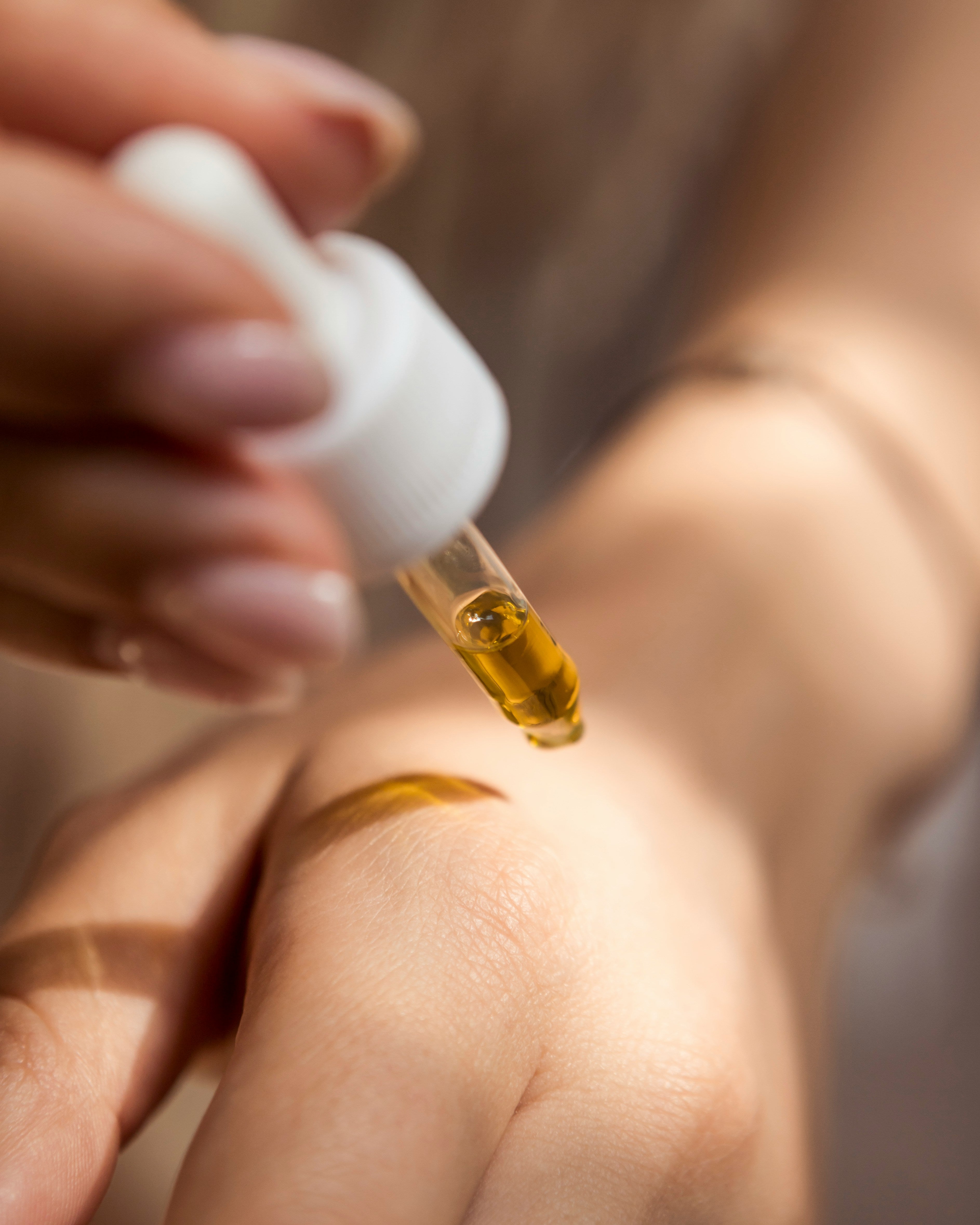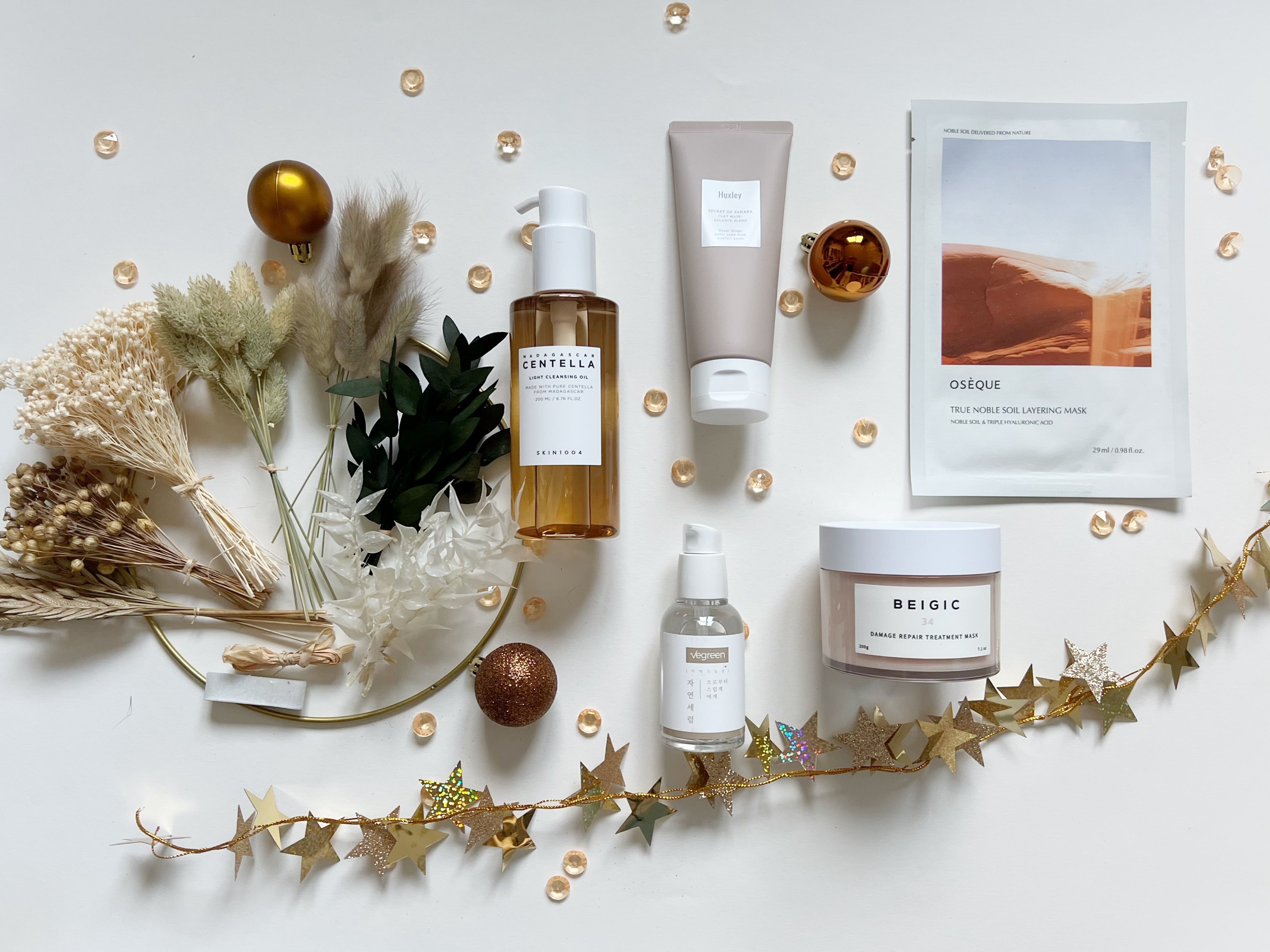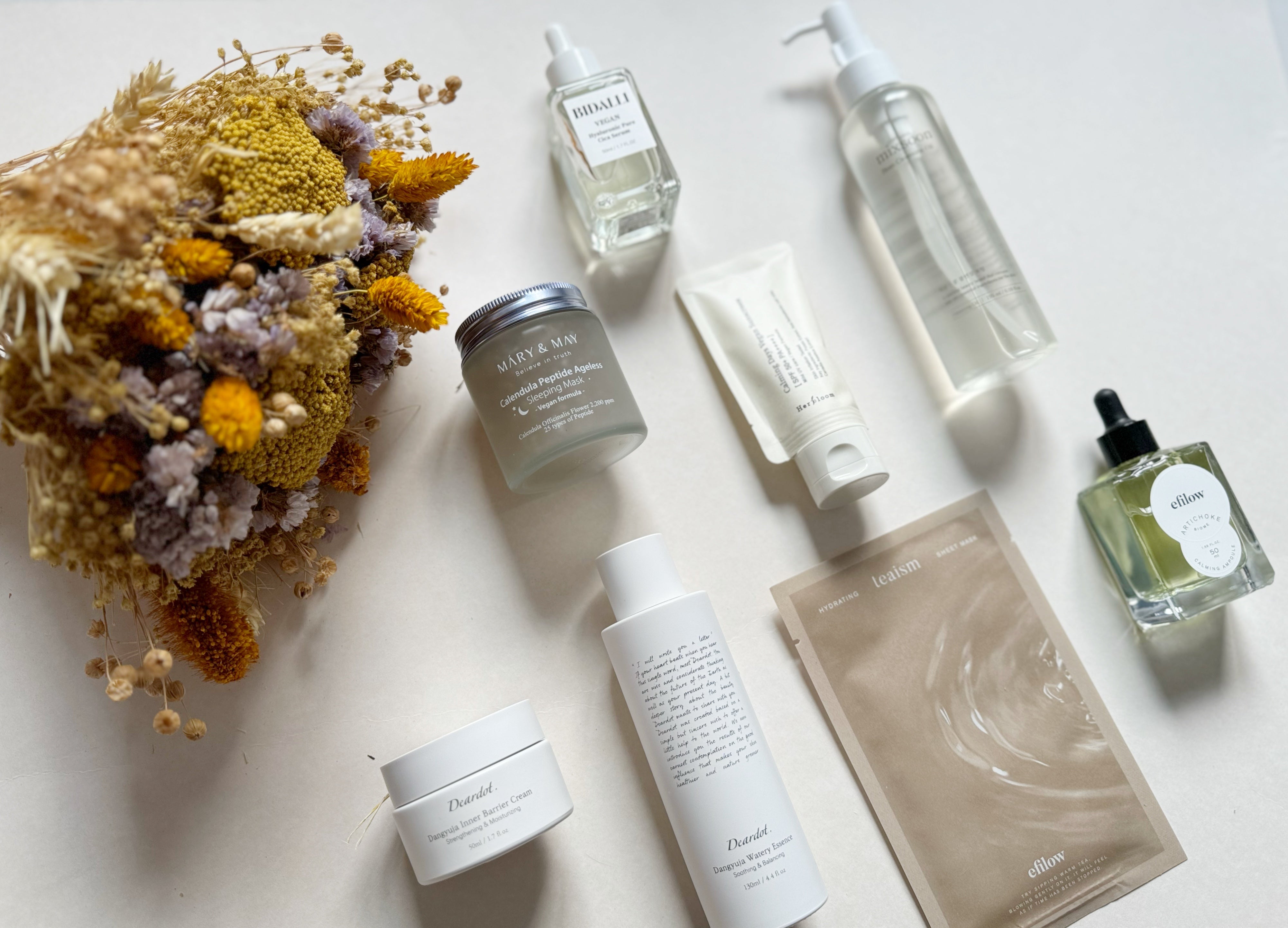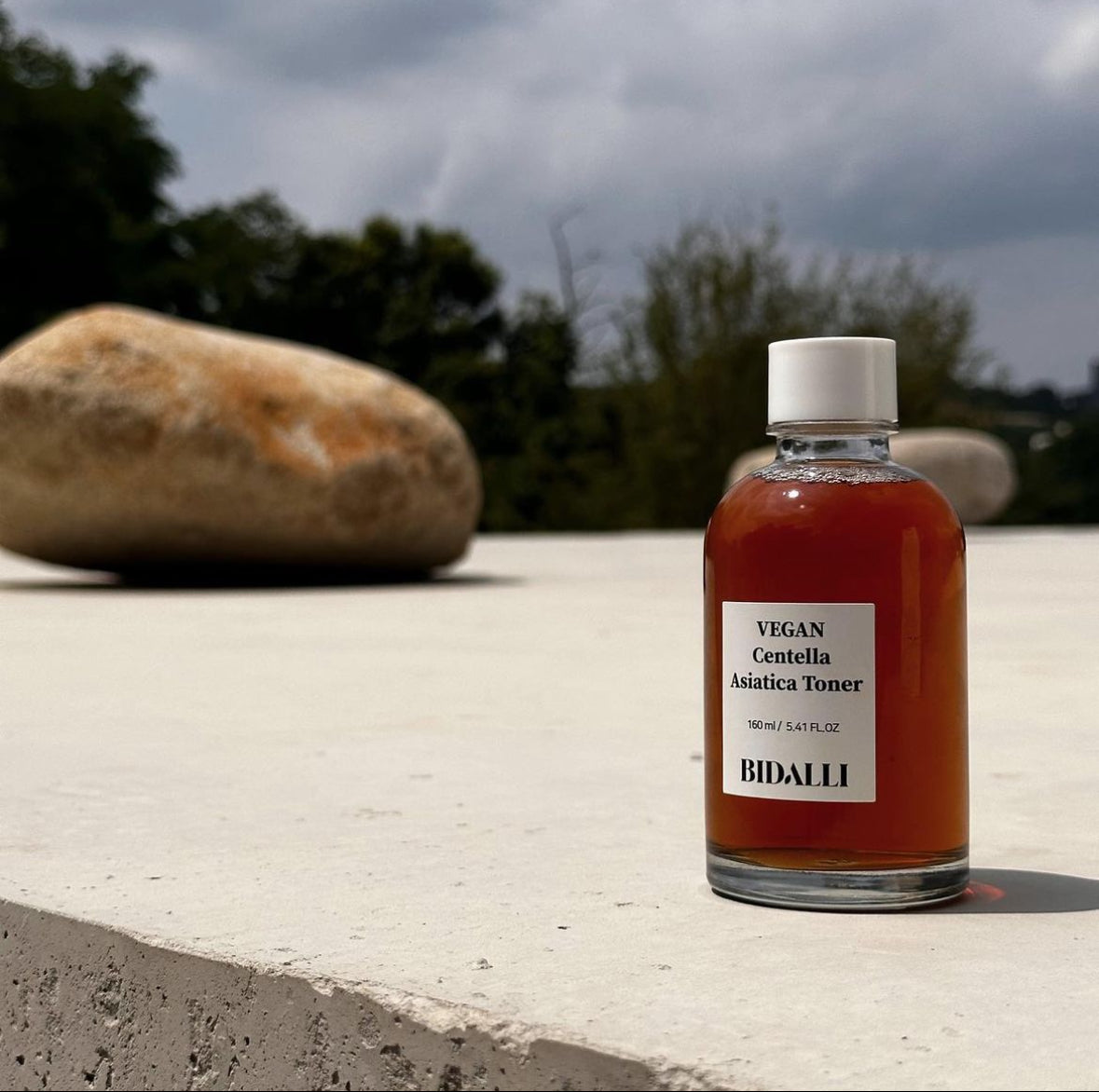The Ultimate Guide For Hyperpigmentation

Firstly we need to know what pigmentation means- Uneven pigmentation of the skin, where a section of the skin appears darker than the surrounding area, is called hyperpigmentation. Hyperpigmentation occurs when the cells that create melanin, a natural pigment in the body that gives colour to our skin, is activated either from being damaged, ageing or because they are unhealthy.
But why do we get it?
There are many reasons for the appearance of skin pigmentation including hormonal changes in the body, overexposure to the sun, genetic factors and injury or trauma to the skin. For instance:
- Hormonal: Melasma (or chloasma) is the most common hormonal pigmentation. Most frequently found in women, the exact cause is not known but many factors have been identified as a contributing factor including hormonal changes which are; (most commonly) pregnancy or medication. Cosmetics, such as perfume and even some foods like soy milk.
- Injury/Trauma: Also known as Post Inflammatory Hyperpigmentation (PIH). It is a pigmentation caused by an injury or inflammation of the skin being exposed to sunlight. Though normally and temporary, often fading after 18 months, PIH as a result of a severe injury may be permanent without treatment. Acne and Rosacea are two of the main causes of Post Inflammatory Hyperpigmentation.
- Genetic Factors: Only some (not all), forms of pigmentation are hereditary either as a result of inherited skin tone or from a genetic disorder (such as albinism).
- Sun Damage: The main cause of pigmentation is when the skin is not protected by SPF. Prolonged exposure to the sun with little to no protection to the UVA and UVB radiation activates melanocytes in the skin. Melanocytes are melanin-producing cells located in the bottom layer ( stratum basale) of the skin's epidermis which causes pigmentation.
There are many ways to treat hyperpigmentation and to prevent it from getting worse. These are the powerhouse and safe ingredients to look out for!
- Alpha Arbutin: Bearberries, blueberries, and cranberries are some of the plants that contain this. It can fade scars, photodamage, brown/sun spots and hyperpigmentation caused by breakouts and sun damage. Alpha Arbutin is an effective ingredient to brighten the skin.
- Mallow Extracts: This is extracted from a flower and is well known for its ability to soften and condition the skin. It is packed with high doses of flavonoids, vitamin C and vitamin E, which all contributes to a brighter, even and nourished complexion.
- Vitamin C: This comes in various forms. The most well-known is ascorbic acid, which promotes the formation of collagen and elastin. Pigmentation, brown patches, scars, and discolouration are all reduced. Provides a healthy radiant appearance while slowing down premature ageing.
- Niacinamide: This is a gentle ingredient that can improve the appearance of your skin. It aids the skin's natural generation of skin-strengthening ceramides, which helps to repair and rebuild the skin's surface against moisture loss and dehydration. Vitamin B3 reduces enlarged pores, discolouration and textural irregularities.
- Alpha Hydroxy Acids: AHA’s are commonly found in exfoliators and other products. There are different types of AHA’s including; Lactic acid, Glycolic acid and Mandelic acid. These all have different strengths but achieve amazing results. They help remove dead skin cells, stimulate cellular turnover and most of all increase skin luminosity and natural glow from within.
- Beta Hydroxy Acids: BHA’s are also found in exfoliators. The different types are; salicylic acid, tropic acid and trethocanic acid. These help to unclog congestion, smooth out textural irregularities and brighten the skin.
















Comments